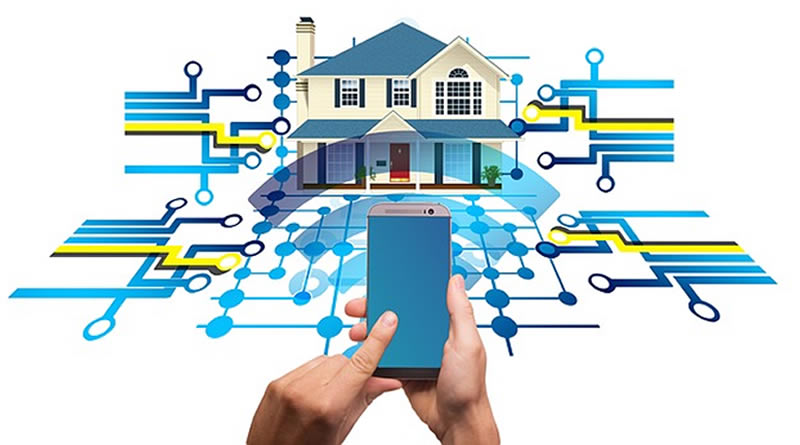Smart Home: Make Your Life Easier with Advanced Technology
The concept of a “smart home” has gained significant attention in recent years, as technology continues to advance and integrate into various aspects of our lives. A smart home refers to a residence equipped with advanced automation systems and connected devices that can be remotely controlled and monitored. This innovative approach to living aims to enhance comfort, convenience, and efficiency by integrating technology seamlessly into our daily routines. In this article, we will delve into what exactly a smart home is, how it works, and the benefits it offers.
What is a Smart Home?
A smart home is an intelligent ecosystem where various devices, appliances, and systems are interconnected, enabling seamless communication and automation. These devices are equipped with sensors, connectivity features, and artificial intelligence algorithms, allowing them to interact with each other and respond to user commands or environmental stimuli. From lighting and security systems to entertainment devices and energy management, a smart home encompasses a wide range of interconnected technologies that work together to create a more efficient and convenient living environment.
How Does a Smart Home Work?
The functionality of a smart home relies on a combination of hardware, software, and network connectivity. The key components include smart devices, a central hub or controller, and a robust network infrastructure. Smart devices, such as thermostats, door locks, cameras, and appliances, are equipped with sensors and communication capabilities, allowing them to collect and transmit data. The central hub acts as the control center, receiving and processing information from the connected devices, and enabling users to monitor and control their home remotely through a smartphone app or voice commands.
To facilitate seamless communication, smart homes utilize various wireless protocols, such as Wi-Fi, Bluetooth, Zigbee, or Z-Wave. These protocols enable devices to connect to each other and the central hub, forming a network where data can be shared and actions can be coordinated. Artificial intelligence algorithms and machine learning techniques are often employed to analyze the collected data and automate processes based on user preferences or predefined rules. This enables the smart home to adapt to the occupants’ needs and provide personalized experiences.
The Benefits of a Smart Home
The adoption of smart home technology brings numerous benefits to homeowners. Firstly, convenience is greatly enhanced as users can control various aspects of their home with a few taps on their smartphone or using voice commands. From adjusting the lighting and temperature to unlocking doors or playing music, these tasks can be easily managed from anywhere, providing a seamless and personalized living experience.
Secondly, smart homes contribute to energy efficiency and sustainability. Energy management systems can optimize energy usage by automatically adjusting heating, cooling, and lighting based on occupancy or environmental conditions. This not only reduces energy waste but also leads to significant cost savings for homeowners. Additionally, the ability to monitor energy consumption in real-time allows users to make informed decisions and adopt more sustainable practices.
Moreover, smart home security features provide homeowners with peace of mind. Integrated surveillance cameras, motion sensors, and door/window sensors can detect and alert users of any unusual activities or potential security breaches. Remote monitoring capabilities enable homeowners to keep an eye on their property, even when they are away, and take immediate action if necessary.
Conclusion
In conclusion, a smart home represents the integration of cutting-edge technology into our living spaces, transforming houses into intelligent environments that adapt to our needs. By leveraging interconnected devices, automation, and artificial intelligence, smart homes offer enhanced convenience, energy efficiency, and security. As technology continues to evolve, the possibilities for smart home innovation are boundless, promising even greater comfort and sustainability in the future. So, embrace the power of smart home technology and enjoy a more streamlined and connected lifestyle.




